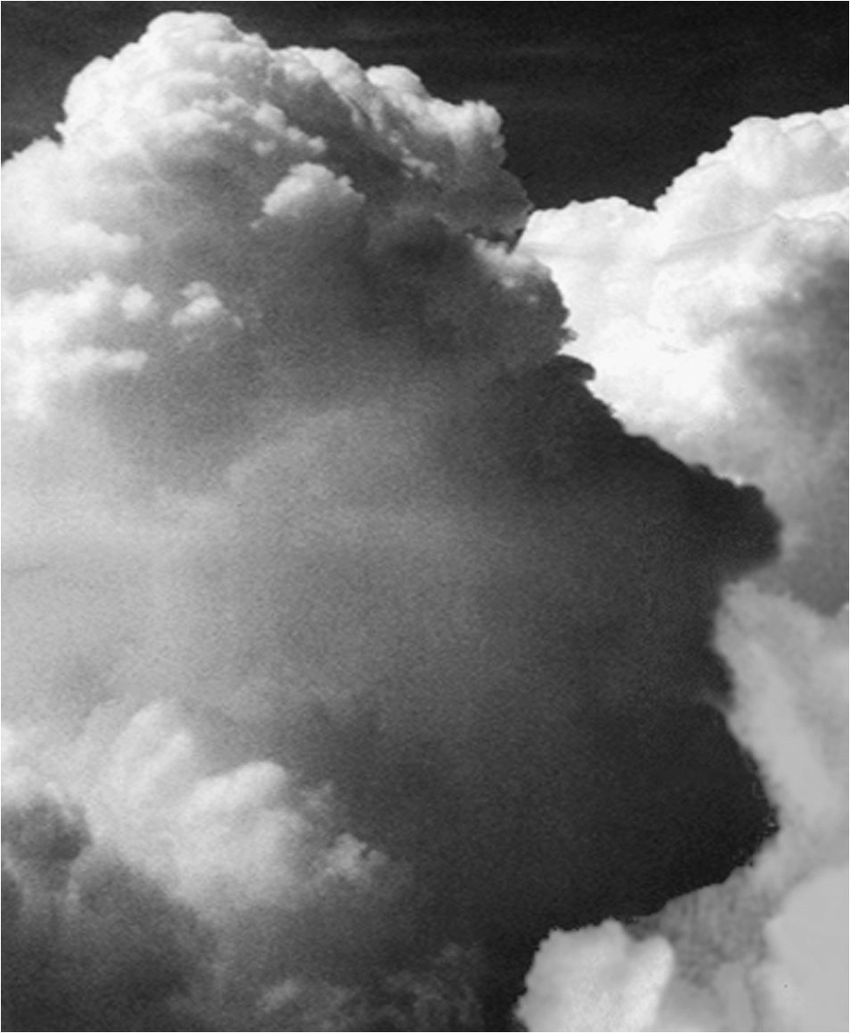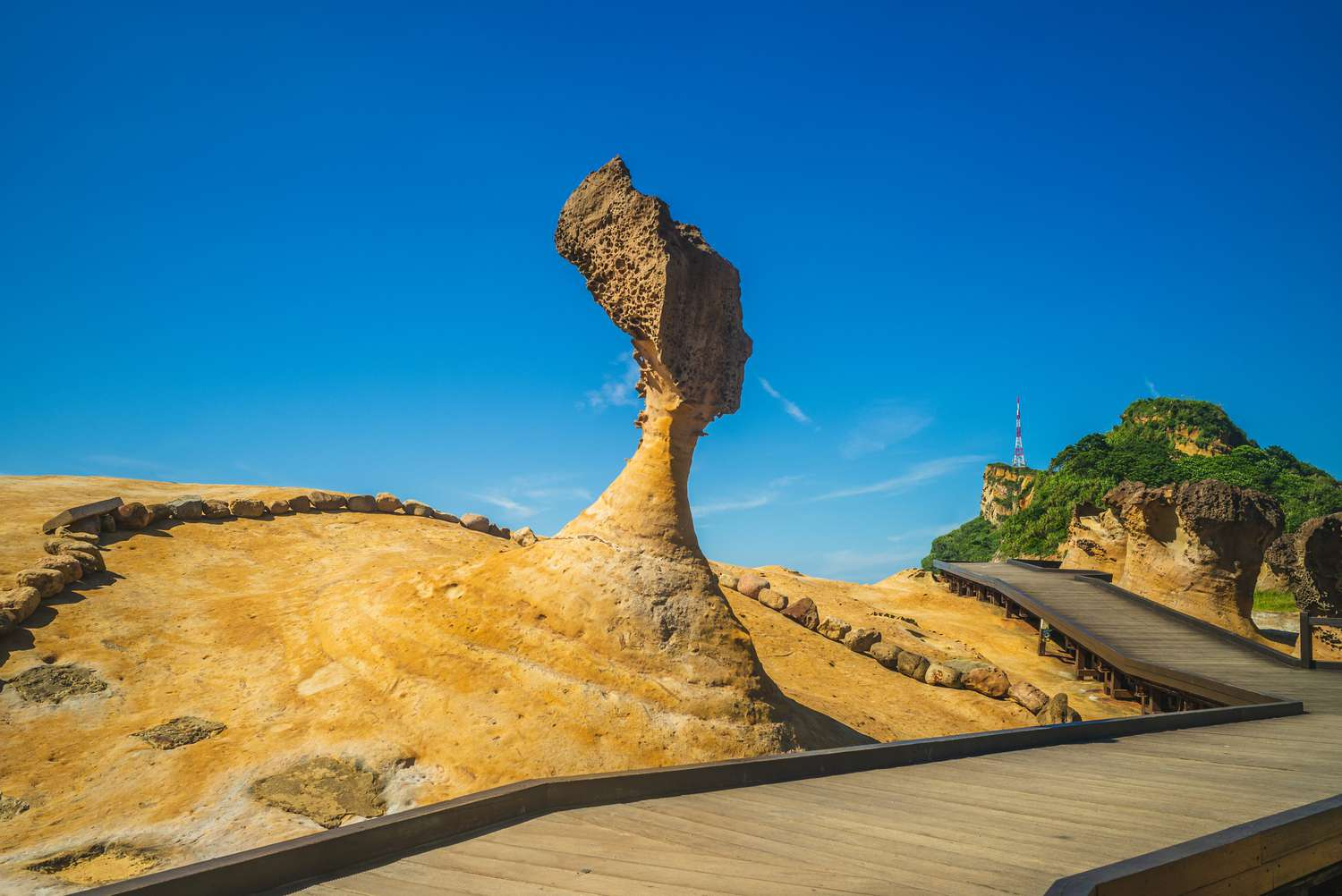How Does Pareidolia Affect Our Perception?
Famous examples of pareidolia throughout history include various instances where people have perceived faces or significant figures in unexpected places. Here are some notable examples:

Religious Figures and Objects
-
Shroud of Turin: Many believe this cloth bears the image of Jesus Christ, specifically depicting a man who suffered trauma consistent with crucifixion.
-
Virgin Mary in a Tree Stump: Outside St. Mary’s Church in Rathkaele, Ireland, a tree stump has been reported to resemble the silhouette of the Virgin Mary, attracting visitors seeking a spiritual experience.
-
Jesus on Food Items: Numerous claims have emerged about images of Jesus appearing on everyday food items. For instance, a woman found the likeness of Jesus on a flour tortilla in New Mexico in 1977, and a grilled cheese sandwich that bore a similar image was sold for $28,000 on eBay in 2004.
Astronomical Observations

-
Face on Mars: This famous image, captured by the Viking 1 spacecraft in 1976, shows a rock formation that appeared to resemble a human face. It sparked widespread speculation about the possibility of ancient civilizations on Mars, although later imaging clarified it as a natural geological formation.
-
Canals on Mars: In 1877, astronomers using telescopes reported seeing straight lines on Mars, interpreted as canals possibly constructed by intelligent beings. This idea was later debunked as an example of pareidolia when better imaging techniques revealed no such structures.
Artistic Representations

-
Cave Art: Research suggests that early human cave art may have been influenced by pareidolia. For instance, Ice Age artists might have used natural features of cave walls to inspire their depictions of animals, with over 50% of the artworks showing strong relationships to the cave’s natural contours.
-
Renaissance Art: Artists like Leonardo da Vinci and Giotto employed pareidolia in their works. Da Vinci noted that artists could find inspiration from random patterns in nature to create scenes and figures.
Cultural References

- Literature: Pareidolia has appeared in literary works; for example, Shakespeare’s Hamlet features a dialogue about seeing shapes in clouds, illustrating how people have long recognized this phenomenon.
These examples highlight how pareidolia has influenced religious beliefs, scientific inquiry, artistic expression, and cultural narratives throughout history.
References
- LiveScience - Pareidolia
- Wikipedia - Pareidolia
- EarthSky - Seeing Things That Aren’t There
- Leitner Studios - The History of Pareidolia and How to Use It
- Phys.org - The Role of Pareidolia in Early Human Cave Art
- Cambridge Dictionary - Pareidolia
- The University of Queensland - Do You See Faces in Things?
- Frontiers for Young Minds - Pareidolia
comments powered by Disqus